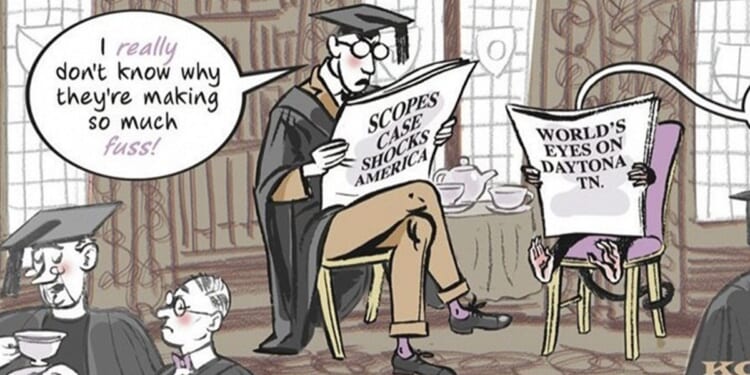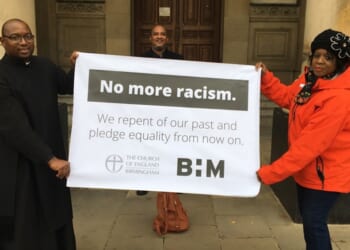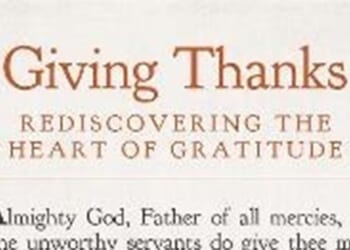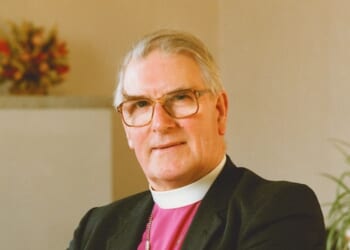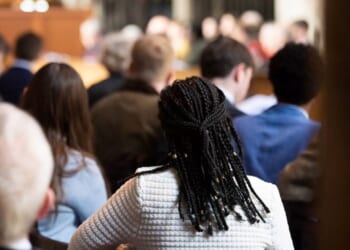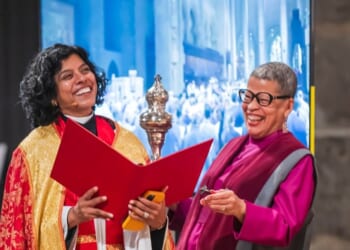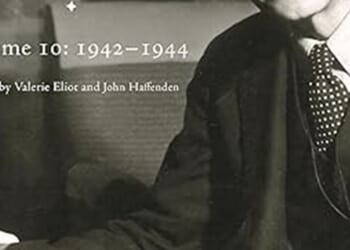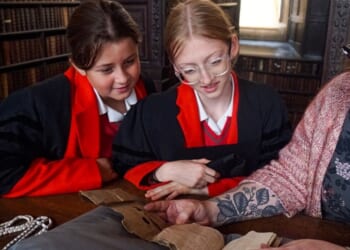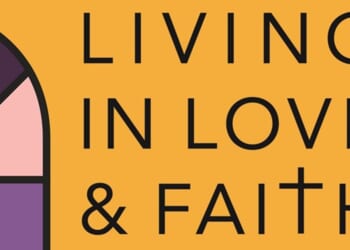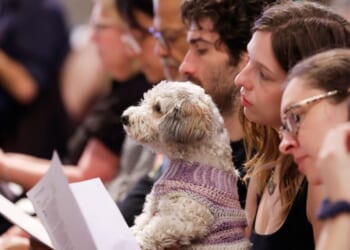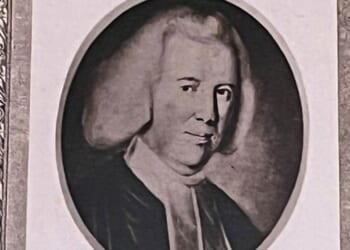THE year 1925 is associated with one of the most notorious trials of the 20th century. Broadcast around the world, and covered at every step by the BBC, the Scopes “monkey” trial was that of a schoolteacher, John Scopes, charged with the offence of teaching evolution in his science class in the small town of Dayton, Tennessee.
As the world’s media converged, the case outgrew the courtroom, and the proceedings moved outside. A candidate three times for the presidency, the “great commoner” William Jennings Bryan was the prosecutor. The renowned atheistic lawyer Clarence Darrow defended Scopes. Both sought the guilty verdict for different reasons. Although Bryan won, he was humiliated by Darrow when he was called to the stand. Bryan died a few days later. Scopes was forced to pay $100.
This sent shockwaves throughout the US education system, and 14 further trials have taken place over the teaching of creationism or evolution in schools in the century since. The Butler Act, which prohibited the teaching of evolution in Tennessee, was eventually repealed.
This trial has been the subject of plays, radio retellings, TV dramatisations, and the film (based on a play) Inherit the Wind. The image of hundreds of religious believers in the streets outside the courtroom waving crosses and singing “Give me that old time religion” has often been a black eye for Christianity: a sign of the backwards, regressive, and uncritical nature of religious belief on the human mind.
ON THE other side of the Atlantic, however, a very different movement was taking place. At Cambridge University, the prodigious young chemist Joseph Needham was gathering academics for a remarkable symposium on the relationship between science and religion which would set in course a flurry of activity on the subject.
Needham, a Christian who had risen rapidly through the ranks to become one of Cambridge’s youngest-ever Fellows, wanted to elevate the discussion with different perspectives from extraordinary thinkers of varying Christian backgrounds. This was assembled into the classic work Science, Religion and Reality (The Sheldon Press, 1925). A board of Cambridge scholars was assembled to compile this; and the contributors included philosophers, scientists, and theologians from Cambridge, Oxford, and London.
A more nuanced discussion was there to be had. The results were an eclectic, deeply fulfilling, high-level conversation about how these two domains relate to each other — one that could not have been further removed from the Scopes débâcle in the southern United States. Science, Religion and Reality remains a treasure for those studying the field and those interested in how some of the finest academic minds of the inter-war period understood belief.
Of particular note are Lord Balfour, Sir Arthur Eddington, and Needham himself. Balfour, a former prime minister and an accomplished scientist and philosopher, skillfully dismantled the conflict narrative in the opening chapter. There was no reason to believe that science and religion were necessarily opposed, and the basis for this narrative was historically misguided. With that out of the way, proper progress could be made in understanding the truth.
Eddington, who was knighted a few years later, was a Quaker whose faith meant an immense amount to him. His chapter, “The Domain of Physical Science”, was later circulated separately, and it triggered in Eddington a series of exceptional writings on the subject. His 1927 book The Nature of the Physical World sold almost 100,000 copies, and set out in detail a spiritual perspective on science and religion’s favourable relationship in a way that drew fierce anger from atheists such as Bertrand Russell and Chapman Cohen.
Needham would later turn his attention to the global history of science, and, in later life, he would be awarded the Leonardo Da Vinci Medal for his efforts. The question of science and religion certainly felt different for biologists in 1925, but Needham was relentless in tackling the misconceptions around it with this book setting the table for his later works The Great Amphibium and The Sceptical Biologist.
PERHAPS what made Science, Religion and Reality in 1925 so potent was its legacy for those involved, as well as its effect on public perceptions in the UK. When apologists such as C. S. Lewis, G. K. Chesterton, and, in the United States, Cornelius Van Til wrote to their audiences about rational belief, they could point to Needham and especially to Eddington as irrefutable proof that scientific men at the top in their fields could reasonably believe.
The conversation simply felt different on this side of the ocean at perhaps the greatest period of tension between science and religion in the 20th century. This work proved that the conversation could be had differently and was an intelligent one. Some may have been shocked that Cambridge and Oxford were bestrewn with Christian men and women working at the forefront of their fields and asking serious questions about their faith in a scientific world.
As this year has brought reflections on the centenary of the Scopes trial, let us not forget that the year in which that was held also sparked an academic revolution in science and religion from which we are still reaping the benefits.
Samuel McKee is associate tutor in history and philosophy of science at Manchester Metropolitan University and a DNA-repair researcher at the University of Reading.

